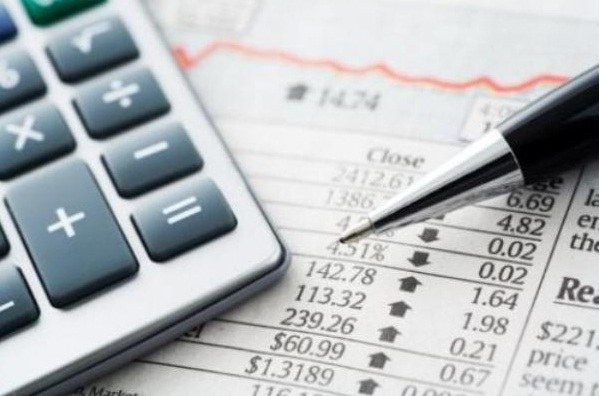Methods of Economic Theory
Methods of Economic Theory
The method of any science is a set of ways,methods, principles that determine how to achieve the goal. The final result depends on the choice of a particular model of research. Economic theory involves the use of both general scientific and specific methods.

The method of scientific abstraction has found wide applicationin economic theory, since it often operates with concepts that are simply impossible to imagine. The researcher simply does not pay attention to the secondary aspects of the phenomenon, concentrating only on the essential and important at a particular moment. The analysis is a method that involves splitting the studied subject into certain constituent parts and their separate research. Synthesis is the process of reverse analysis. Induction and deduction are widespread. The transition from the study of partial factors to general conclusions and position is called induction. Deduction allows us to derive relatively partial factors from some general statements and facts. These methods are often called guidance and derivation, respectively. Analysis, synthesis, induction and deduction, as a rule, apply together. This allows us to implement a systematic, integrated approach to the object under study. Especially often they are used in studying the multi-element phenomena of the economy.
Logical and historical methods
These methods are used in unity. Many believe that they are opposed to each other, but this is not so. The starting points of the research for both methods coincide. It often happens that the logical study of certain economic phenomena may completely or partially not coincide with the historical one. Specific conditions in a country can not satisfy the expectations and wishes of the ruling structure. Therefore, such disagreements occur. There are also opposite phenomena, but they are less common. Actually, certain phenomena occur, but theoretical analysis does not allow them to be justified. Mathematical and statistical methods
Economic processes are characterized byqualitative and quantitative certainty, so mathematics and statistics are not the last. They allow you to calculate and forecast specific results by a specific date. Economic and mathematical modeling in a formalized form determines the causes of changes in the economy, the patterns of such changes, the consequences, costs and opportunities for influence. With the help of this method, economic models are created that are studied in theoretical courses.Comparative and graphical method
These methods are also similar. In the first case, the quality indicators are usually compared, in the second one they are quantitative. In addition, the graphical method allows you to make approximate predictions, which is quite enough for general conclusions. The comparative method is often used in conjunction with historical, for example, when analyzing the economies of the two countries at different stages of development.








